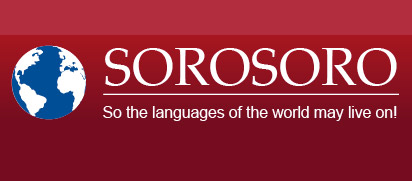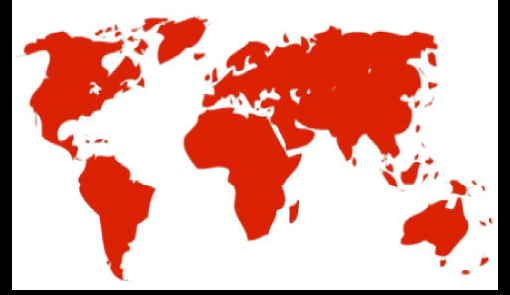Print  |
|


Mayan Languages
Information about the Mayan languages
Where are the Mayan languages spoken?
These languages are spoken in Central America in a territory including Mexico (specifically the Yucatan region and the south), Belize, Guatemala, and northwestern El Salvador and Honduras.
Who speaks the Mayan languages?
The speakers of Mayan languages are members of Native American populations who lived in the region long before the arrival of Europeans and colonization.
Total number of speakers (estimated):
5 800 000 according to the site ethnologue.com (SIL)
Classification
The Mayan family currently includes 29 languages.
Wastekan Branch
Chikomuselteko: extinct
Wasteko: 463 183 speakers according to UNESCO and 132 000 according to SIL
Yukatekan Branch
Lakantun: 563 speakers according to UNESCO
Yukateko: 740 000 speakers according to SIL
Itzaj: 1 094 speakers according to UNESCO and 12 according to SIL
Mopan: 11 500 speakers according to UNESCO and 10 500 according to SIL
Western Group
Ch’ol Branch
Chol proprio
Ch’ol: 134 000 speakers according to SIL
Chontal: 40 000 speakers according to UNESCO and 55 000 according to SIL
Ch’orti ‘: 11 000 speakers according to UNESCO and 30 000 according to SIL
Tzotzil
Tzeltal: 190 000 speakers according to SIL
Tzotzil: 264 000 speakers according to SIL
Q’anjob’al Branch
Chuj
Chuj: 60 000 speakers according to UNESCO and 50 000 according to SIL
Tojolab’al: 36 000 speakers according to SIL
Q’anjob’al proprio
Akateko: 60 000 speakers according to SIL and 35 000 according to UNESCO
Popti ‘: 99 000 speakers according to SIL and 34 500 according to UNESCO
Mocho ‘: (alternative name: Mototzintleko): 170 speakers according to SIL and 141 according to UNESCO
Q’anjob’al: 78,000 speakers according to SIL
Eastern Group
Mam Branch
Mam
Mam: 486 000 speakers according to UNESCO and 440 000 according to SIL
Tektiteko (alternative name: Teko): 1 200 speakers according to UNESCO and 2 300 according to SIL
Ixil
Awakateko: 9616 speakers according to UNESCO
Ixil: 83 000 speakers according to UNESCO and 69 000 according to SIL
K’iche ‘ Branch
Q’eqchi: 421 000 speakers according to SIL
Uspanteko: 3 971 speakers according to UNESCO
K’iche ‘
Kaqchikel: 445 000 speakers according to UNESCO and 451 000 according to SIL
K’ichee ‘: 2 400 000 speakers according to SIL
Sakapulteco: 6 973 speakers according to UNESCO and 37 000 according to SIL
Sipakapense: 5 687 speakers according to UNESCO and 8 000 according to SIL
Tz’utujiil: 237 speakers according to UNESCO and 84 000 according to SIL
Poqom
Poqomchi ‘: 92 941 speakers according to UNESCO
Poqomam (alternate name: Poqomjo): 49 000 speakers according to SIL
Comments on the classification of Mayan languages:
We follow the classification of Campbell (1997) and OKMA (2008).
Are Mayan languages in danger?
This family includes several endangered languages.
Tz’utujiil is probably the most threatened language today. With only a handful of elderly native speakers, and the younger generations that have shifted to Spanish, the language may die out very soon. The number of speakers given by UNESCO is much higher than that given by SIL, but it is likely that the number from UNESCO includes all community members rather than the actual number of native speakers.
Other languages, such as Lakantun, Mocho ‘, Tektiteo and Awakateko are also very close to extinction. They are considered to be “seriously endangered” by UNESCO.
In the category “endangered” of the UNESCO, there are several additional languages where the number of speakers is only slightly higher: Sakapulteko, Sipakapense, Tz’utujiil, Kaqchikel, Jakaltkco, Akatejo, Ch’orti ‘, and Chontal.
As with other Mayan languages, if they are not yet in danger, they can be considered “vulnerable” and their survival is not assured in the medium term.
Sources:
Campbell, Lyle. American Indian languages: the historical linguistics of Native America. Oxford University Press. Oxford (1997).
Please do not hesitate to contact us should you have more information on this language: contact@sorosoro.org
Fact sheets available for languages in this family :








